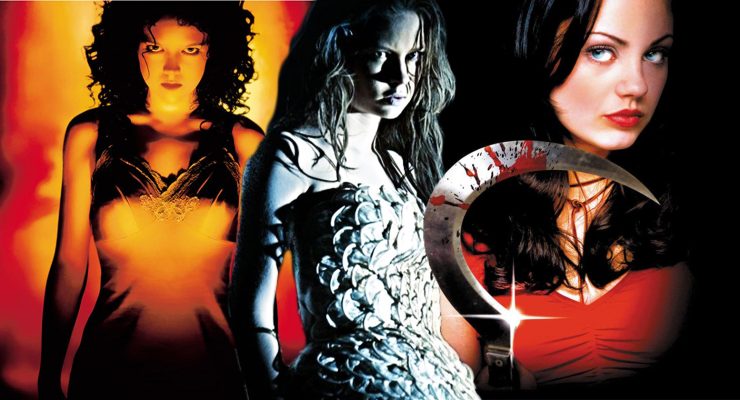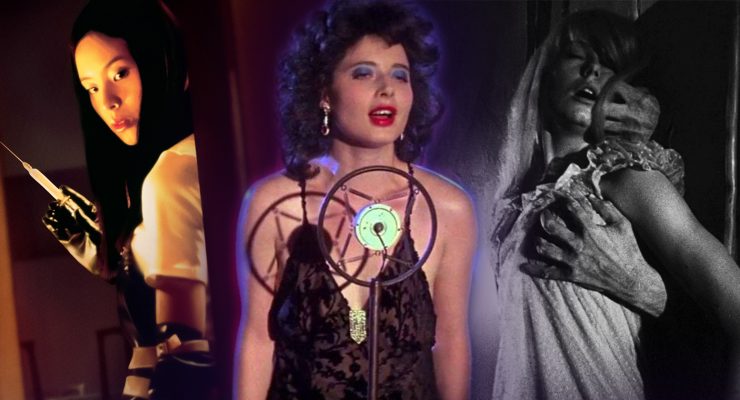Gravity, 2013.
Directed by Alfonso Cuarón.
Starring Sandra Bullock and George Clooney.
SYNOPSIS:
A medical engineer and an astronaut work together to survive after an accident leaves them adrift in space.
This review was for an IMAX 3D screening.
The following statement is undeniable: Gravity is a cinematic experience unlike any other we have seen before and demands to be seen on the biggest IMAX screen you can find. This film is a pure example of what can be achieved with CGI, blue screen and sound design and uses 3D to enhance the reality of the world we are watching. Simply put, Gravity is a unique cinematic achievement.
That is not to say Gravity is a perfect film, but the words I keep coming back to are ‘achievement’ and ‘experience’. The first hour or so of the film is unequivocally jaw dropping in terms of sheer scope and magnitude and one can only look on in wonder at the magnificence of director Alfonso Cuarón’s vision. Cuarón worked on the film for four years to ensure his vision of a thriller set (almost) entirely 300 miles above the Earth could be realised, and that work has paid off for movie goers in a way which I cannot describe and must be seen. To list the amazing images in this review is pointless – I can only encourage you to see this film and experience them for yourselves.
The director’s decision to shoot the many of the sequences in a single take (or at least without a noticeable cut) is not just a gimmick or ‘showy’ camera work for spectacle alone, but it gives the film a ‘real time’ authenticity which builds the tension in a setting we have never seen such a story as this develop in before. The camera work is, again, a real achievement in that it convinces the audience that these characters are in space, not held on wires in a Hollywood backlot; the camera floats through the surroundings with the same grace as the characters, and freely moves between first and third person perspectives without ever breaking the reality of the film.
The film also achieves what I thought was the impossible cinema experience; immersive and unobtrusive use of 3D. Perhaps it was the IMAX presentation, but the 3D did not darken the film nor did I find myself wishing I were in a 2D showing, and when objects fly towards the screen I couldn’t help but blink and be surprised at the effectiveness of the technology.
Where, then, does the imperfections arise from if all the above is so utterly compelling? So far I’ve discussed only the visual and audio elements of the film, but it is the screenplay and characterisation which weakens the picture’s full potential. The film states that there is no sound in space and prides itself on not using the usual sound effects of explosions and destruction we hear in the average disaster movie (and this is indeed a huge positive), but the use of a dramatic score really draws attention to itself in the worst way. The visuals and spectacle on display, paired with great performances by Sandra Bullock and George Clooney is sufficient enough to achieve the desired effects of build tension and utter fear. In a film which is so clearly attempting to do something we’ve never seen before, the inclusion of a musical score is redundant.
The screenplay is particularly weak and the lines could be cut in half without sacrificing the story or experience. George Clooney is great but he sounds like a written construct, just speaking so there isn’t silence or to hammer home the themes of ‘letting go’, which were also largely not required. The fact that Bullock’s character has suffered loss in her life and “just drives” when she’s back home because she doesn’t know what else to do to cope with the pain is perfectly fine, but the fact that she’s battling for her life in space is surely enough for the audience to root for her survival. The poorly written dialogue and one very annoying dream sequence only serves to make us wish the film was a near-silent picture.
After the stunning first hour, the final half an hour loses some of the thrill and tension with a feeling of repetition as Bullock barely grabs on to objects (again) and although it continues to look amazing, the knowledge that the film is drawing to its conclusion strangely hinders the film because the elements described earlier are lost in order to wrap up the story. Any film which loses tension in its final moments cannot be without fault, regardless of what has come before.
These problems I had with the film are in no way a deterrent. The film is one of the very few must-see films of this year, but it is on the big screen where the film must be seen. How the film will fair on a smaller screen waits to be seen, but on a first watch Gravity is an essential cinema experience.
Flickering Myth Rating: Film ★ ★ ★ / Movie ★ ★ ★ ★ ★
Rohan Morbey – follow me on Twitter.











